Introducing visitors to the T1 basement. |
In 2004, when the Imperial Citadel of Thang Long opened to visitors, a special relic was also introduced to everyone, which is the D67 House and Bunker. The building was built in 1967 on an area of over 600m2 with the full name of the Central Military Commission Bunker. The building is modest in size, but the walls and roof are made of monolithic reinforced concrete. In the D67 building, there is a meeting room of the Politburo and the Central Military Commission. This is where comrades: General Vo Nguyen Giap, General Van Tien Dung... worked to lead and direct our army and people to conduct the resistance war against American imperialism. From the D67 house, there are two staircases, each side has 45 steps, a tunnel about 1.2m wide leading down to the D67 bunker (also known as the Central Military Commission bunker). The bunker is located tens of meters underground, solidly designed with many layers of doors that can prevent water, withstand heavy bombs, and have separate rooms containing ventilation, filtering, and providing clean air to respond to chemical and biological attacks. Inside the bunker, there is a large meeting room of more than 35 square meters and a duty room of about 13 square meters. From September 1968 to April 30, 1975, House and bunker D67 hosted many important meetings of the Politburo, the Central Military Commission, and the General Command of the Vietnam People's Army to propose policies, strategic plans, and issue combat orders. Just a short distance from House and bunker D67, located to the southwest of Kinh Thien Palace, is bunker T1. The bunker was built in 1964. At this time, the US was bombing the north. To grasp the situation of the whole country, the entire Indochina battlefield and to command the battlefields, the Ministry of National Defense built an absolutely safe structure, protected against all types of bombs and bullets of that period. According to the design, bunker T1 was constructed in one piece, with one part submerged and one part above ground. Safety equipment included heavy doors to prevent pressure, light doors to prevent poison and radiation, etc. The bunker also had a ventilation and toxic filtration system. The bunker was specially designed, if bombs or bullets fell directly, they would have to pass through a reinforcement layer, a force expansion layer, a sand cushion layer, and then reach the ceiling of the fortification. Therefore, the bunker was almost absolutely safe against all types of conventional bombs and bullets of that period. Although not used for a long time, the two bunkers still preserved many valuable artifacts related to the activities of Party and State leaders; officers and soldiers at the Operations Department. In particular, the T1 bunker still preserves traces of a very special phone, named "phone number 1". This phone is directly connected to President Ho Chi Minh's phone located in the Presidential Palace's stilt house so that he can call and ask directly about the war situation or encourage the officers and soldiers on duty there. Located in the World Cultural Heritage Site of Thang Long Imperial Citadel, the two bunkers D67 and T1 "tell" stories of the Ho Chi Minh era, stories of the resistance war against the US to save the country. These are the unique highlights in the journey to visit Thang Long Imperial Citadel.
Source: https://nhandan.vn/nhung-can-ham-dac-biet-trong-hoang-thanh-thang-long-post808639.html


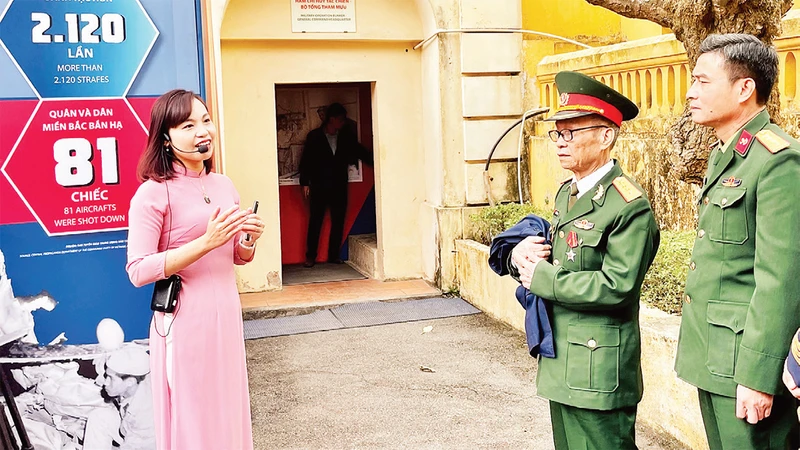
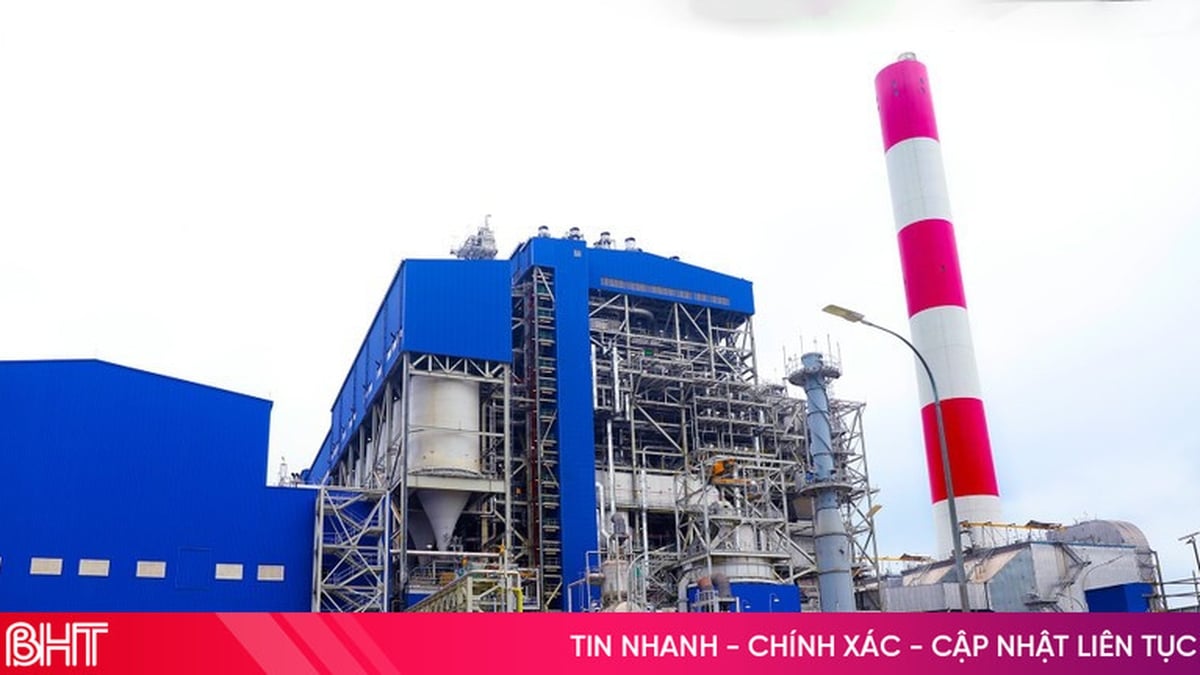
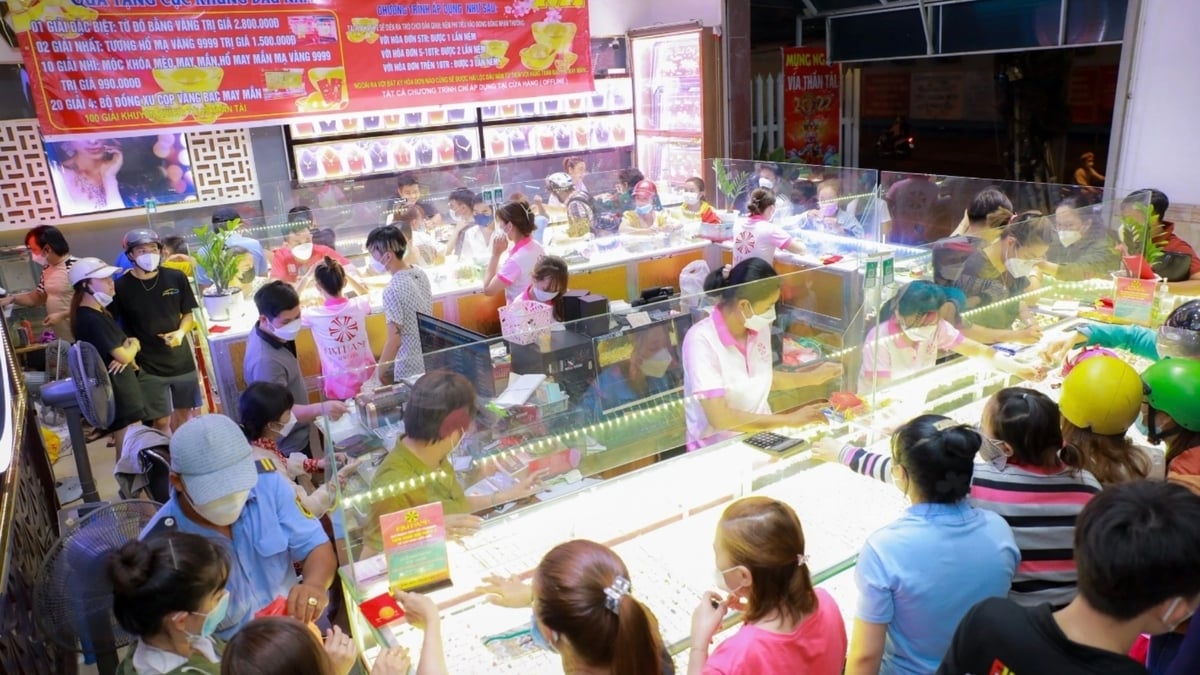
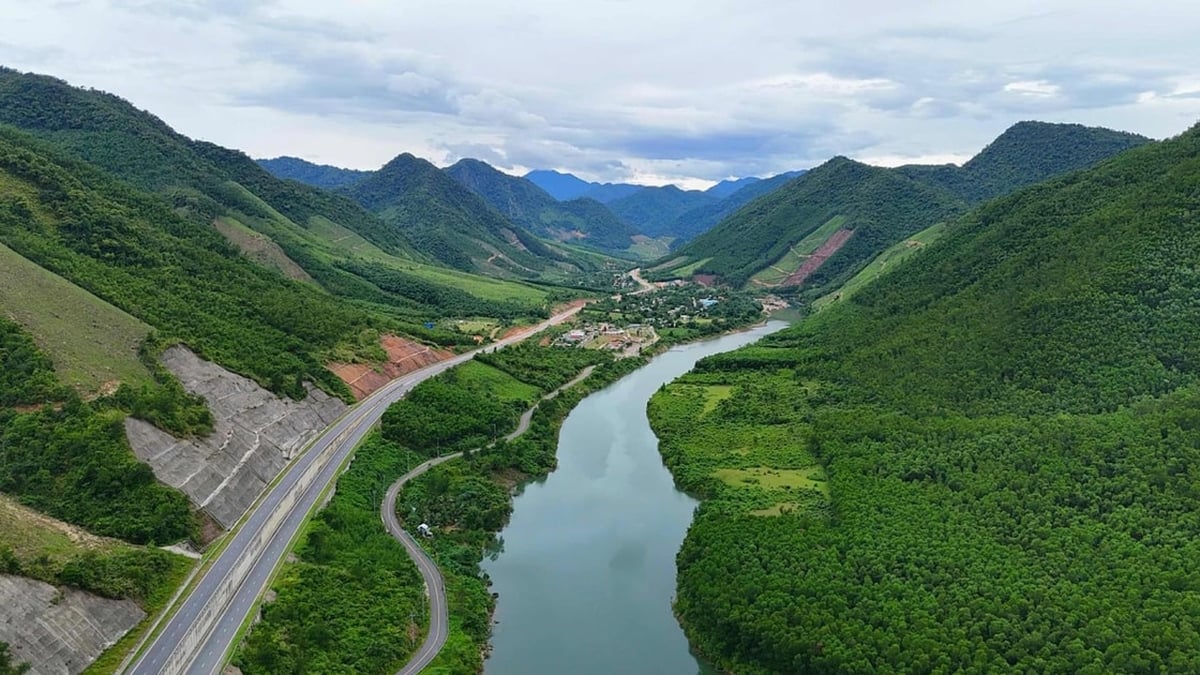

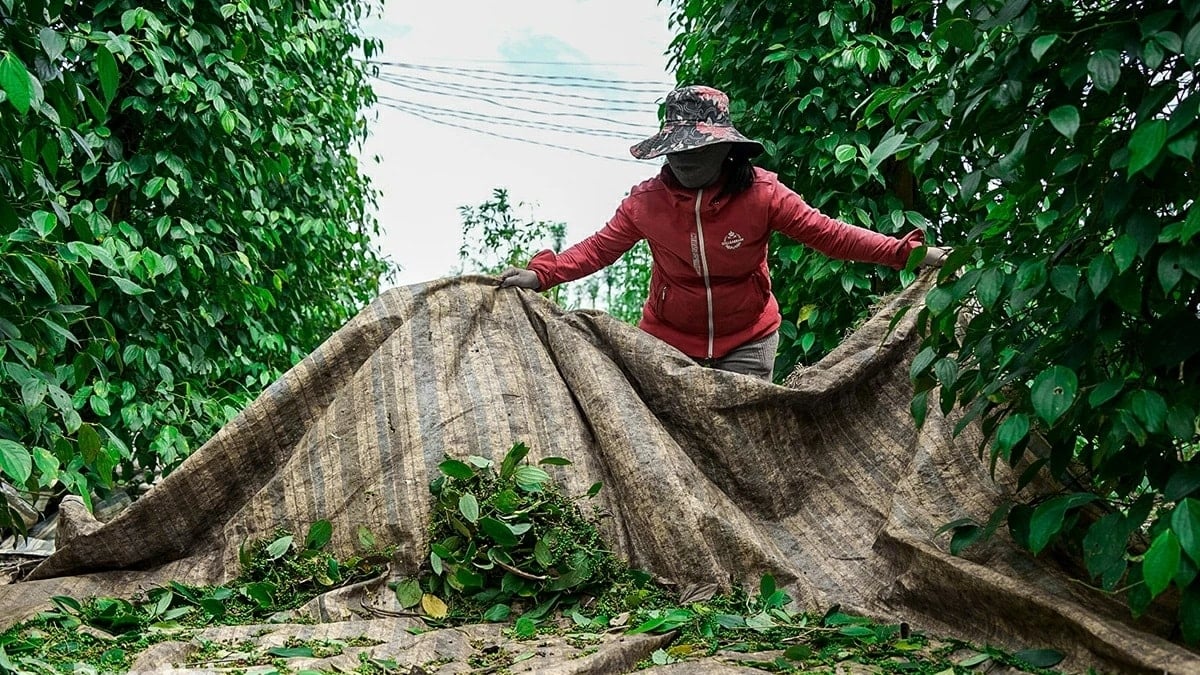
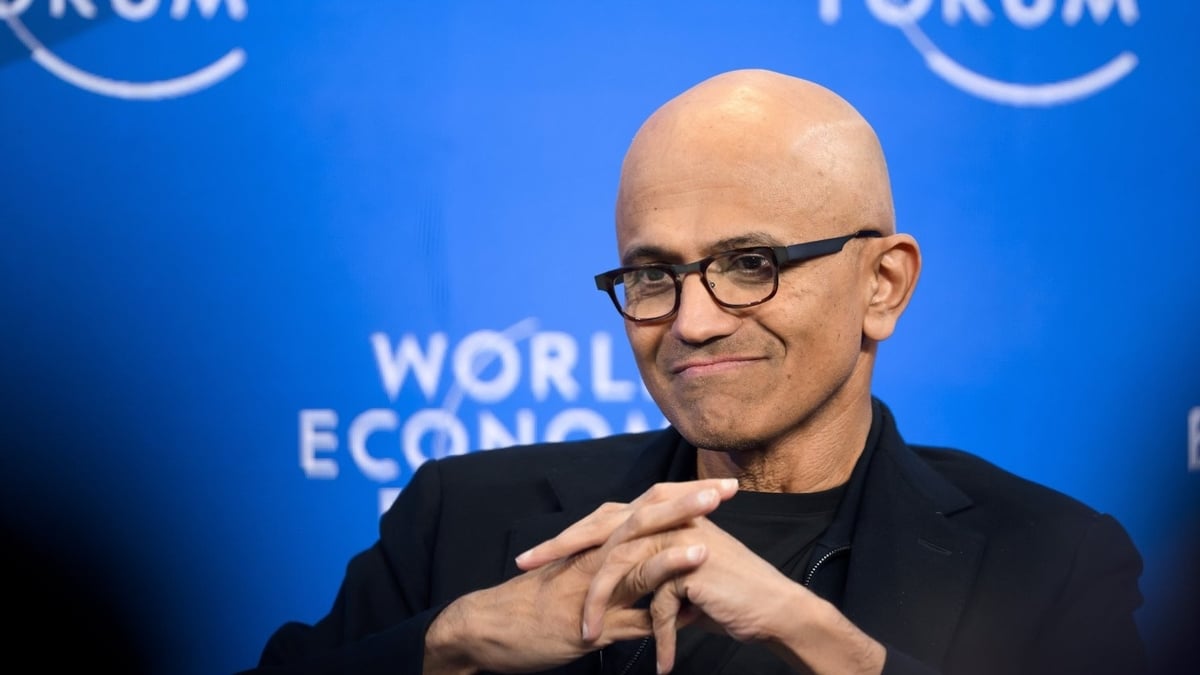
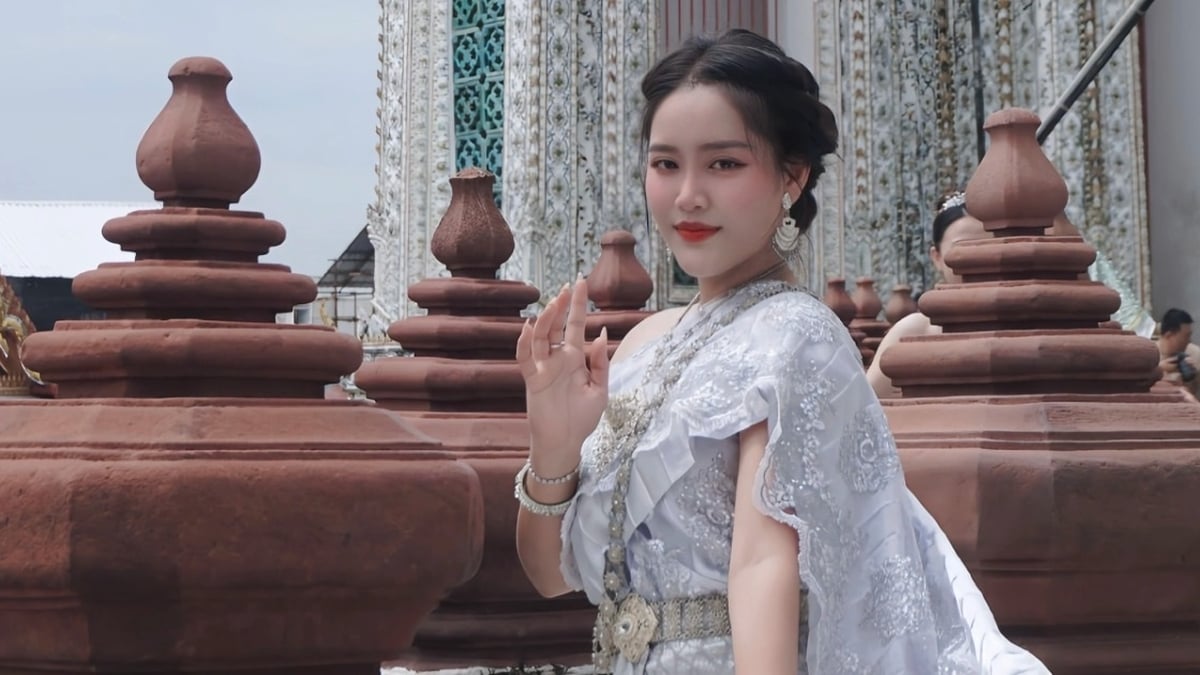
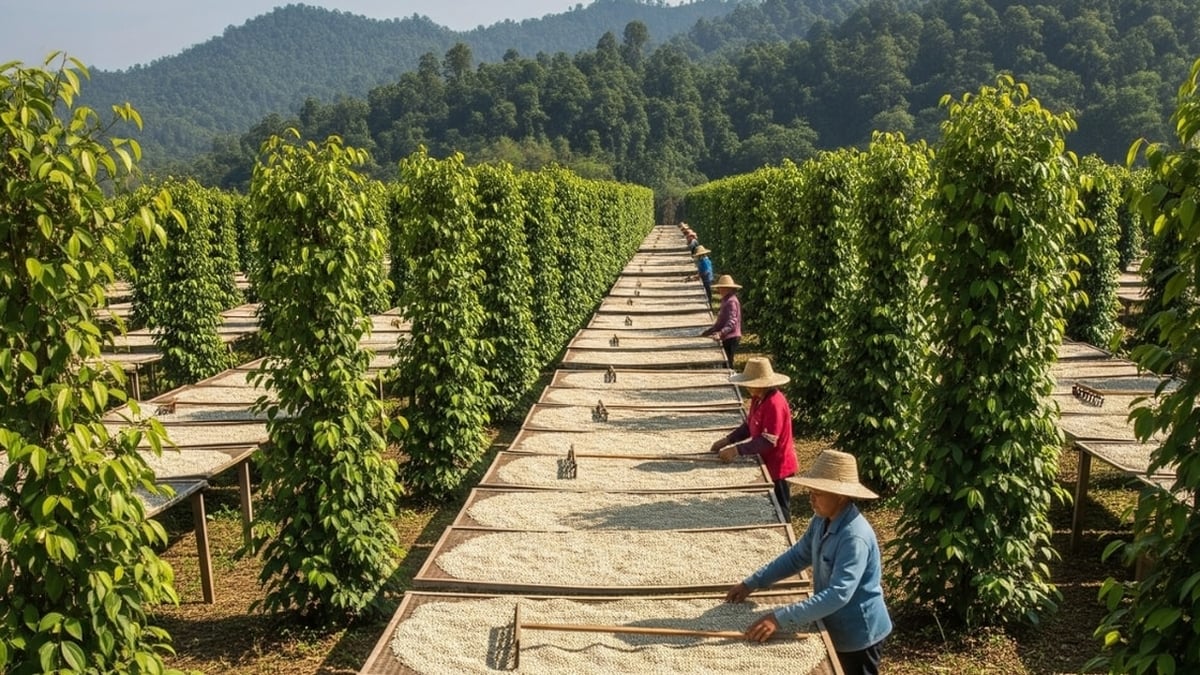
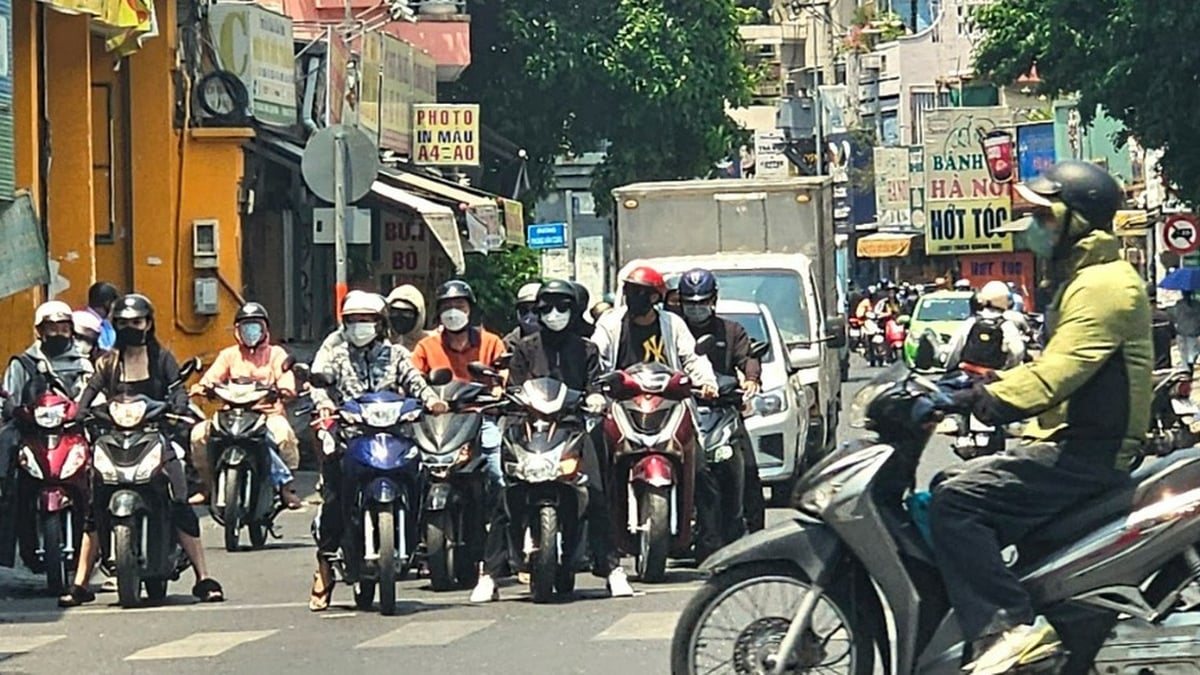
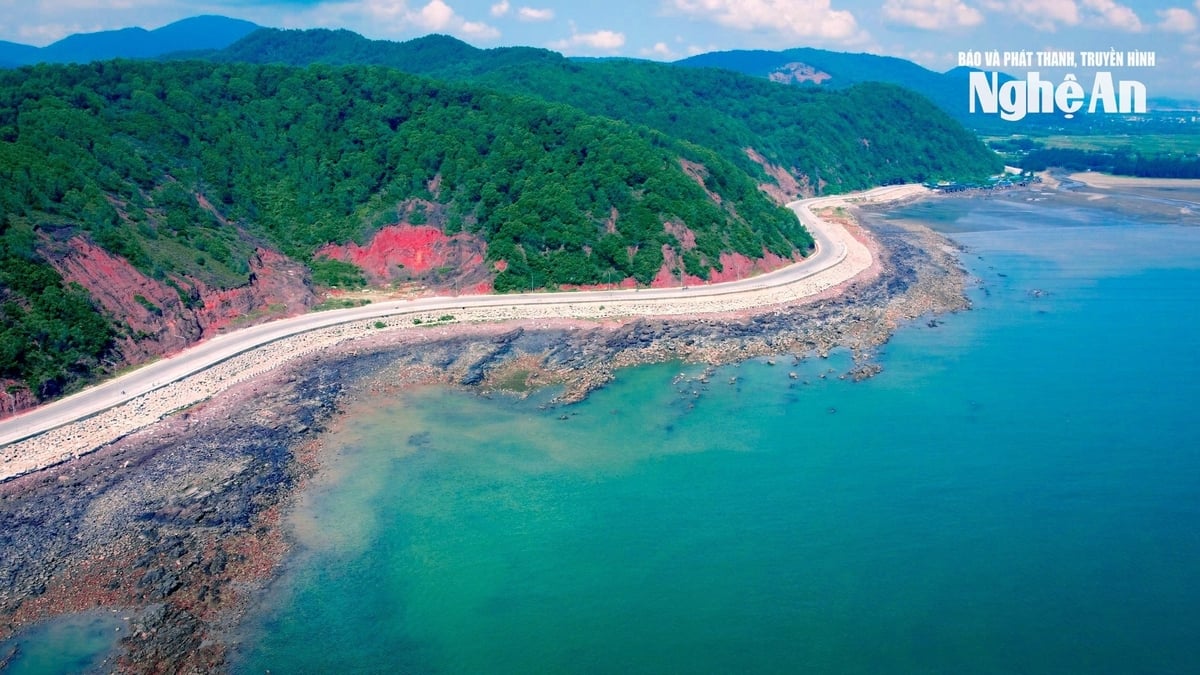
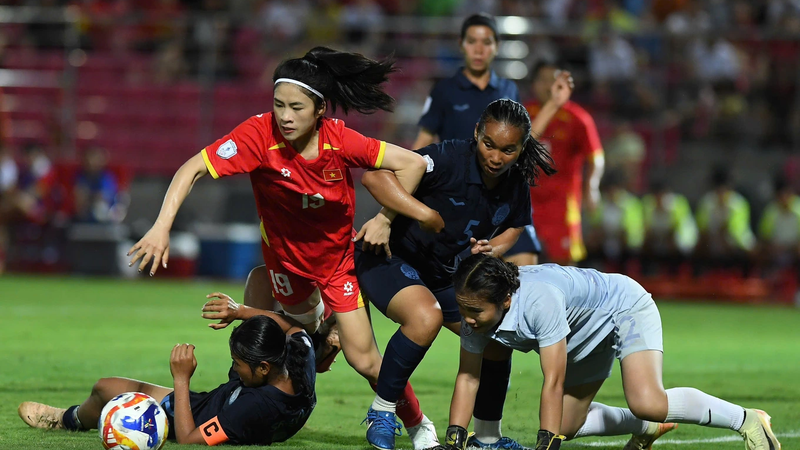

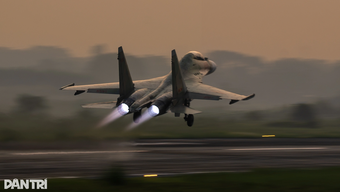
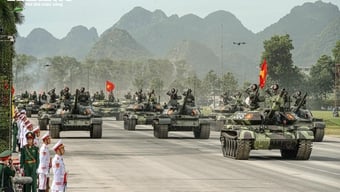






![[Photo] Nghe An: Provincial Road 543D seriously eroded due to floods](https://vphoto.vietnam.vn/thumb/1200x675/vietnam/resource/IMAGE/2025/8/5/5759d3837c26428799f6d929fa274493)
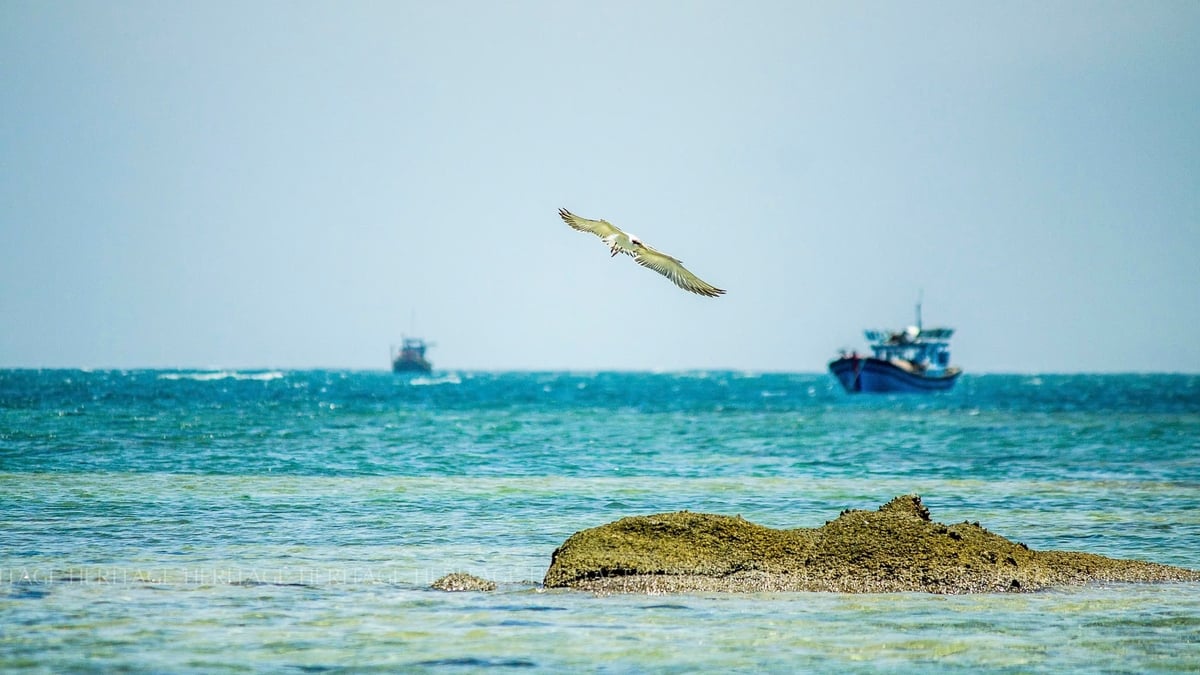
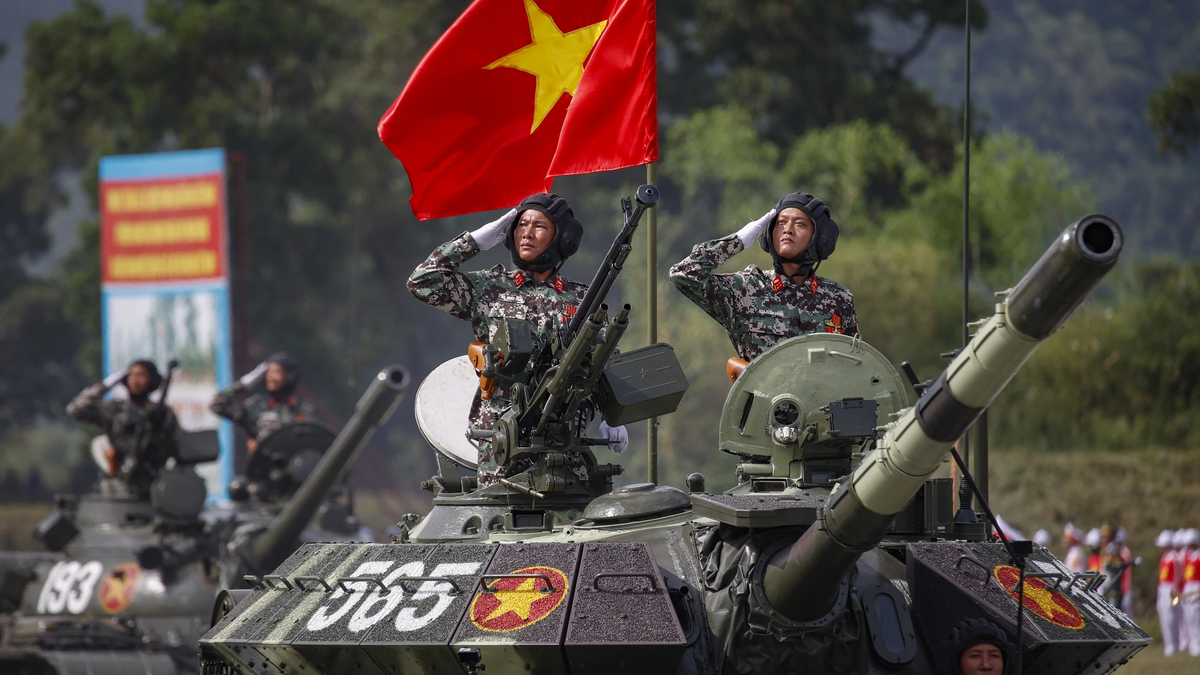
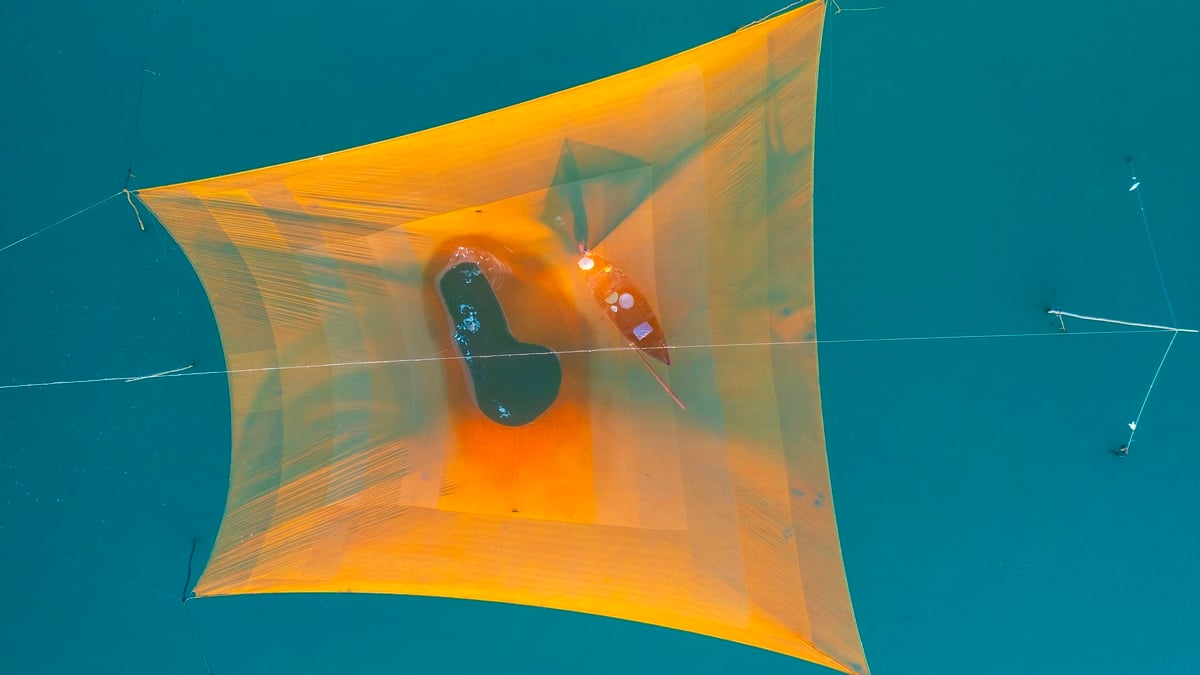
![[Photo] Discover the "wonder" under the sea of Gia Lai](https://vphoto.vietnam.vn/thumb/1200x675/vietnam/resource/IMAGE/2025/8/6/befd4a58bb1245419e86ebe353525f97)
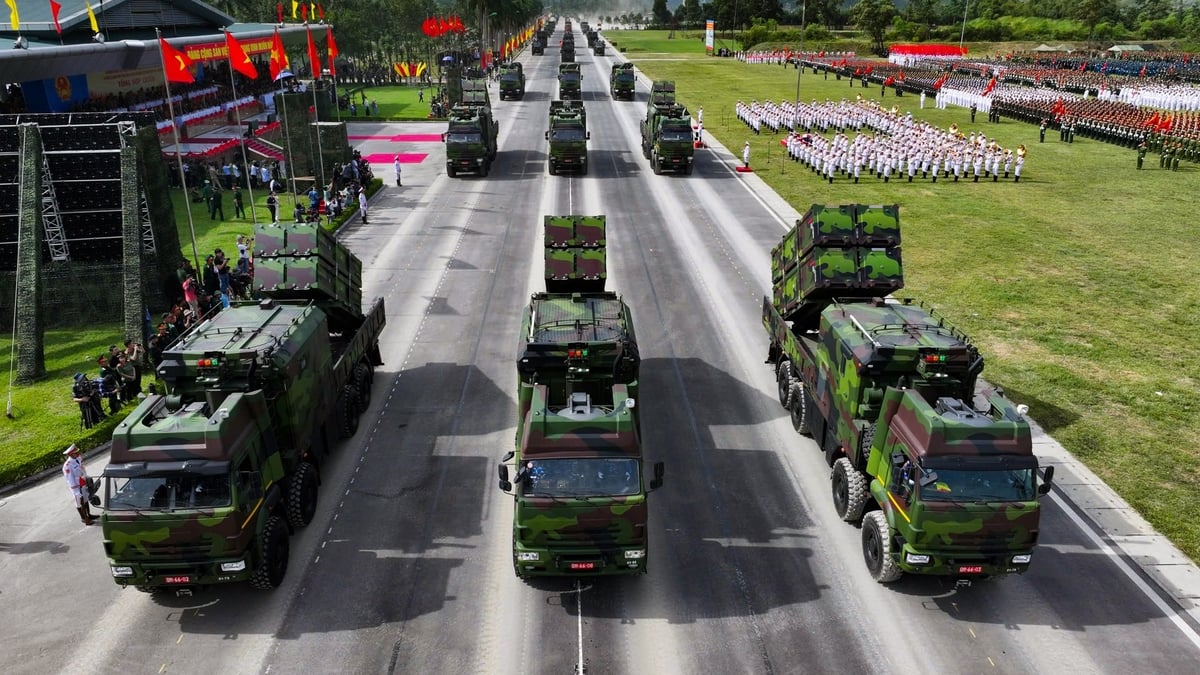


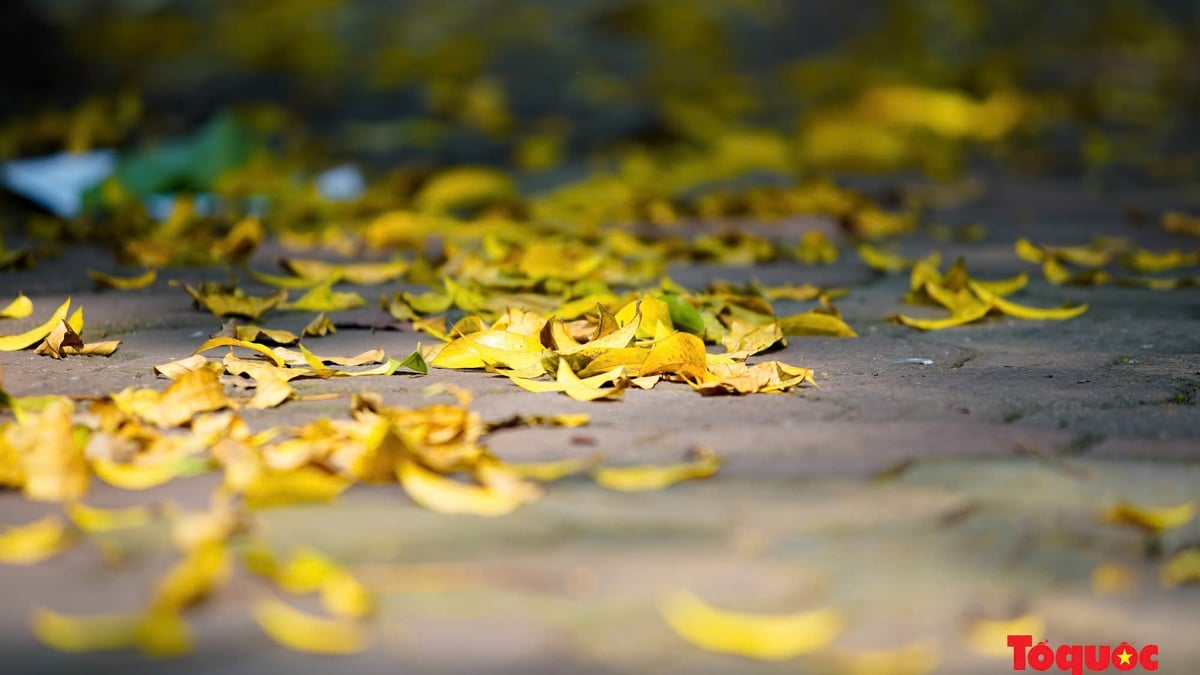
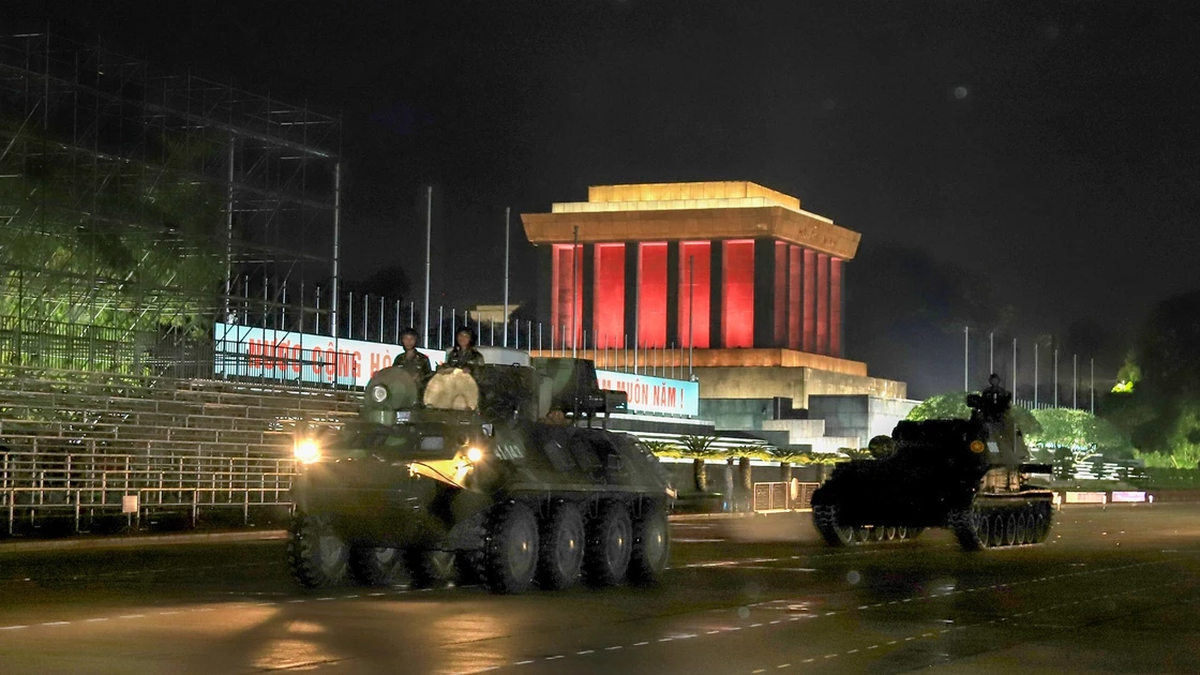
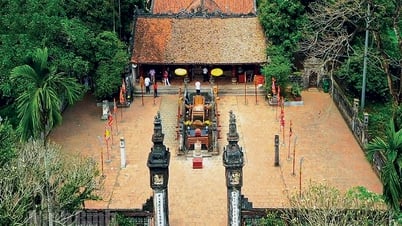

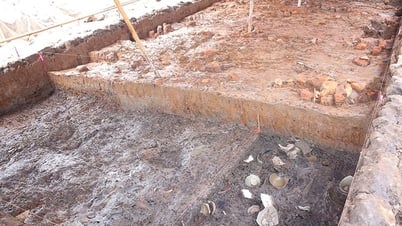

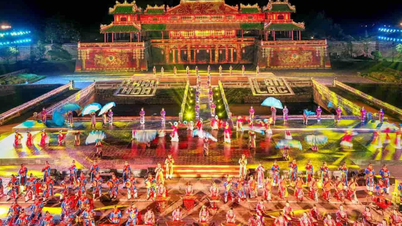

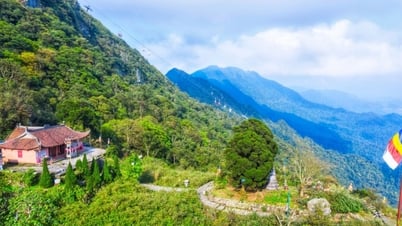

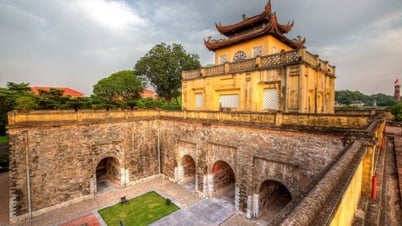

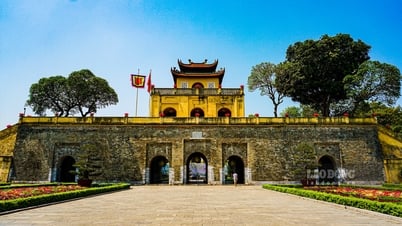

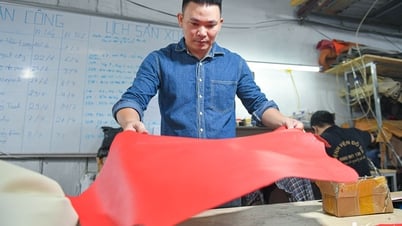

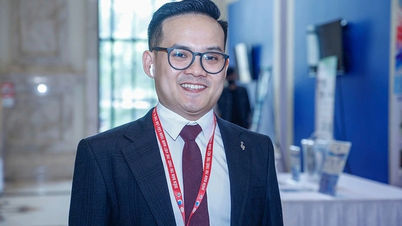







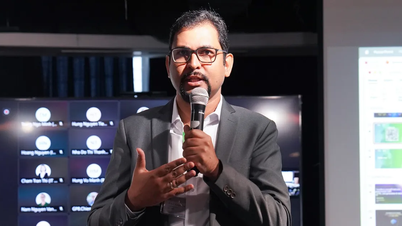



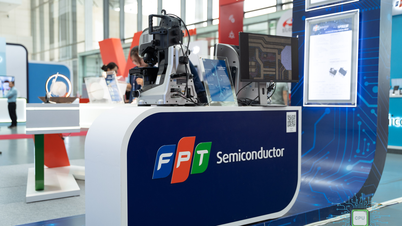

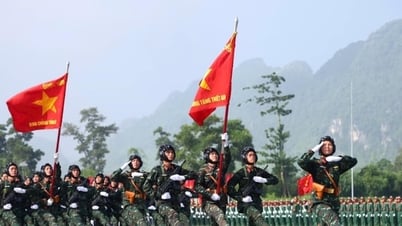

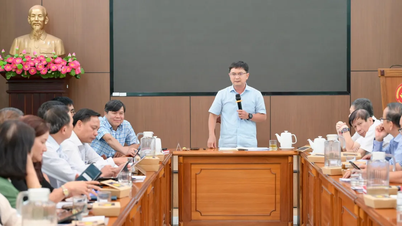
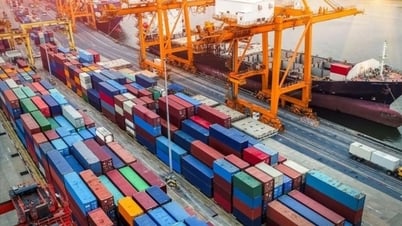
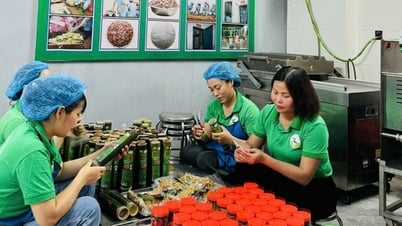


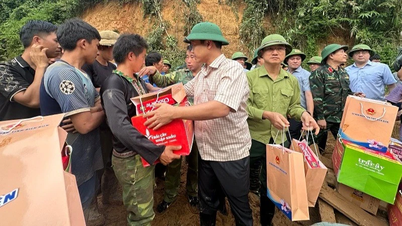
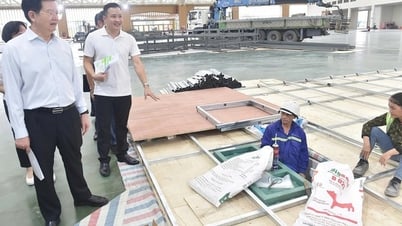
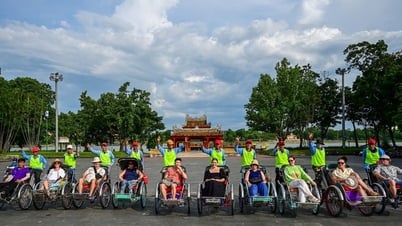
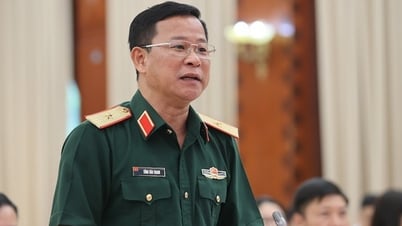
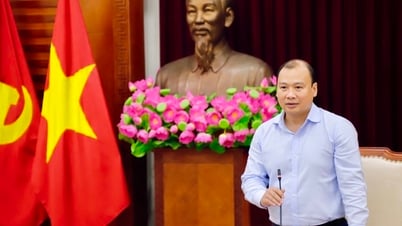









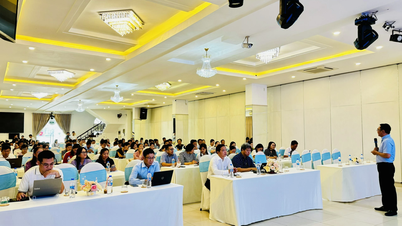

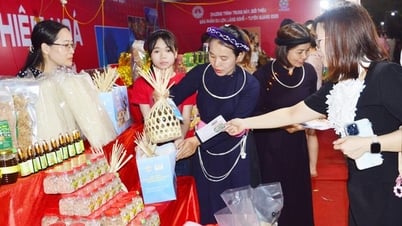
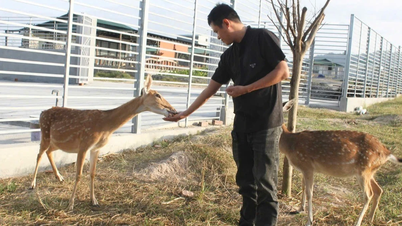

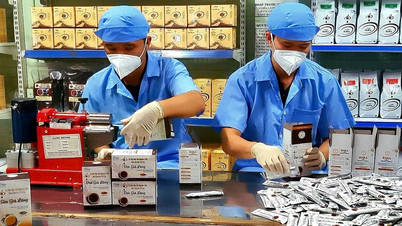


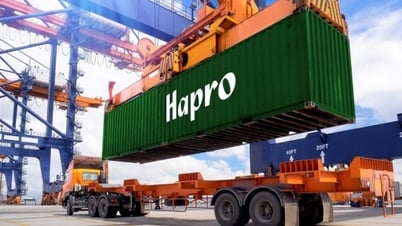

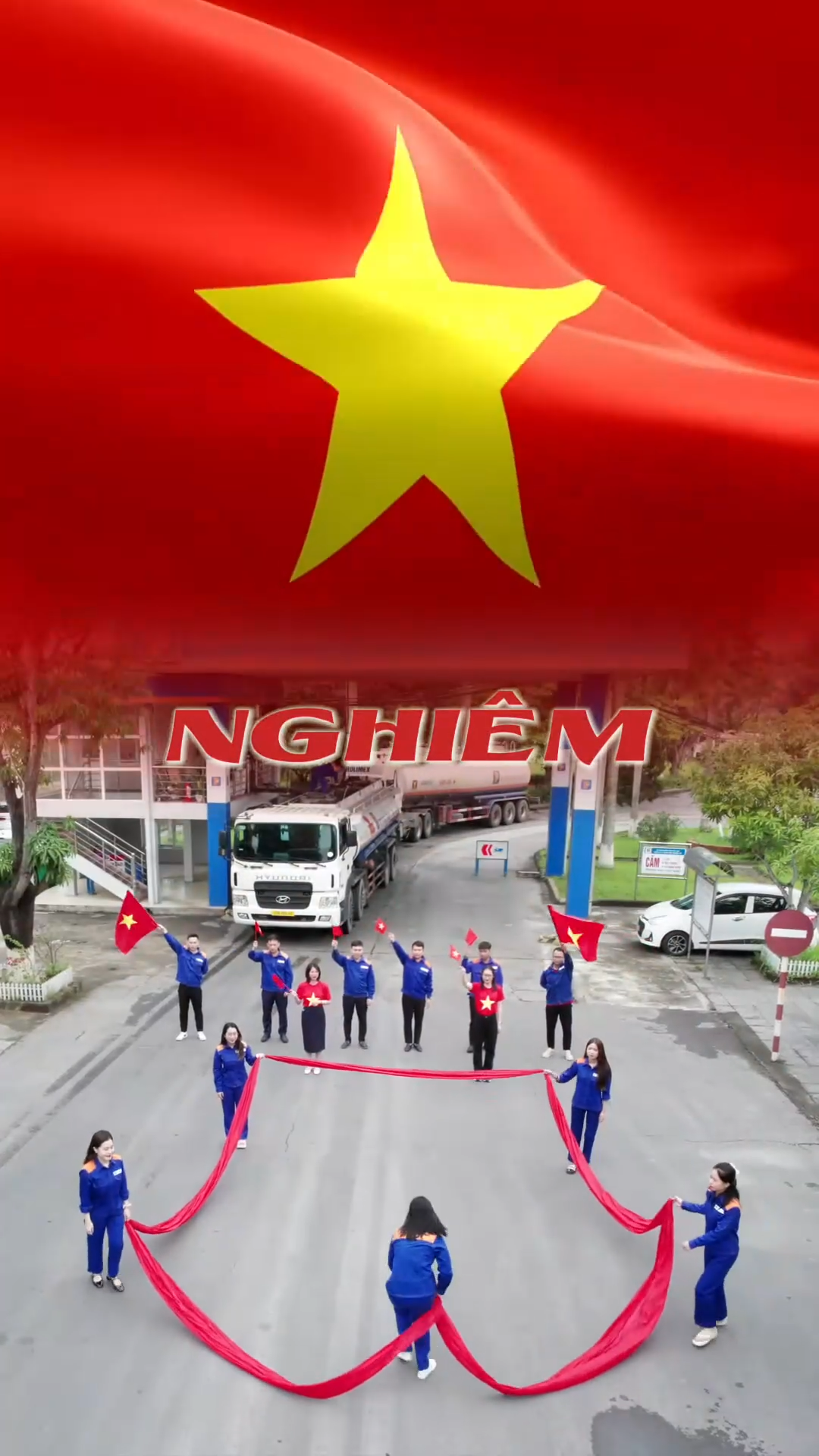
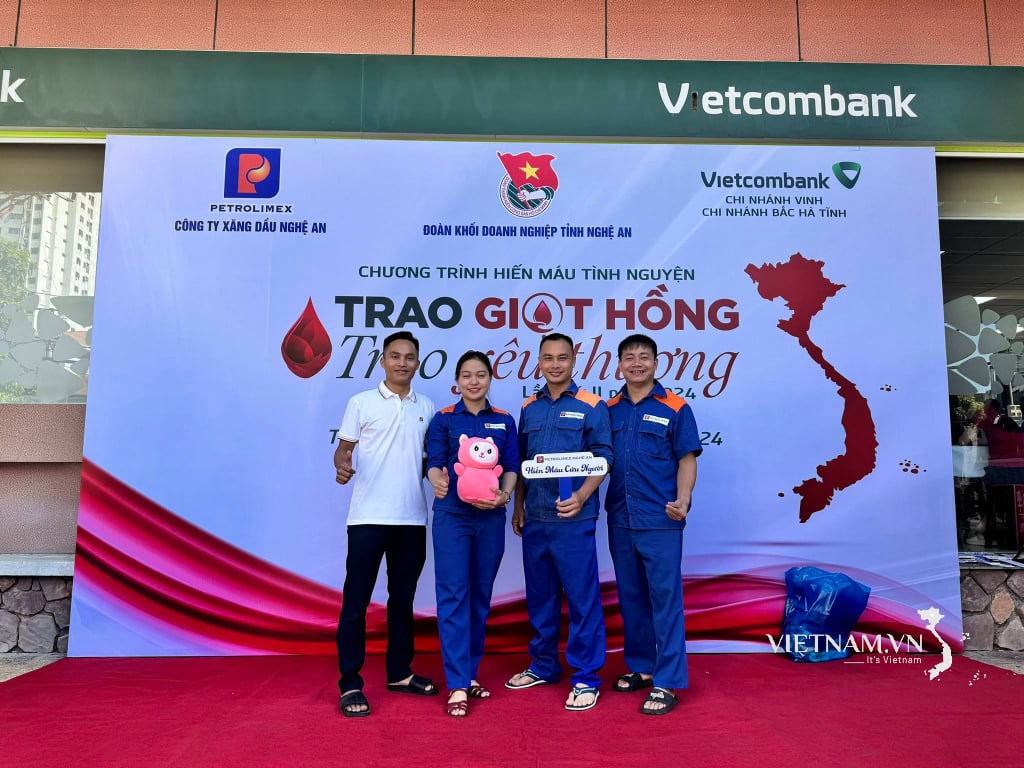
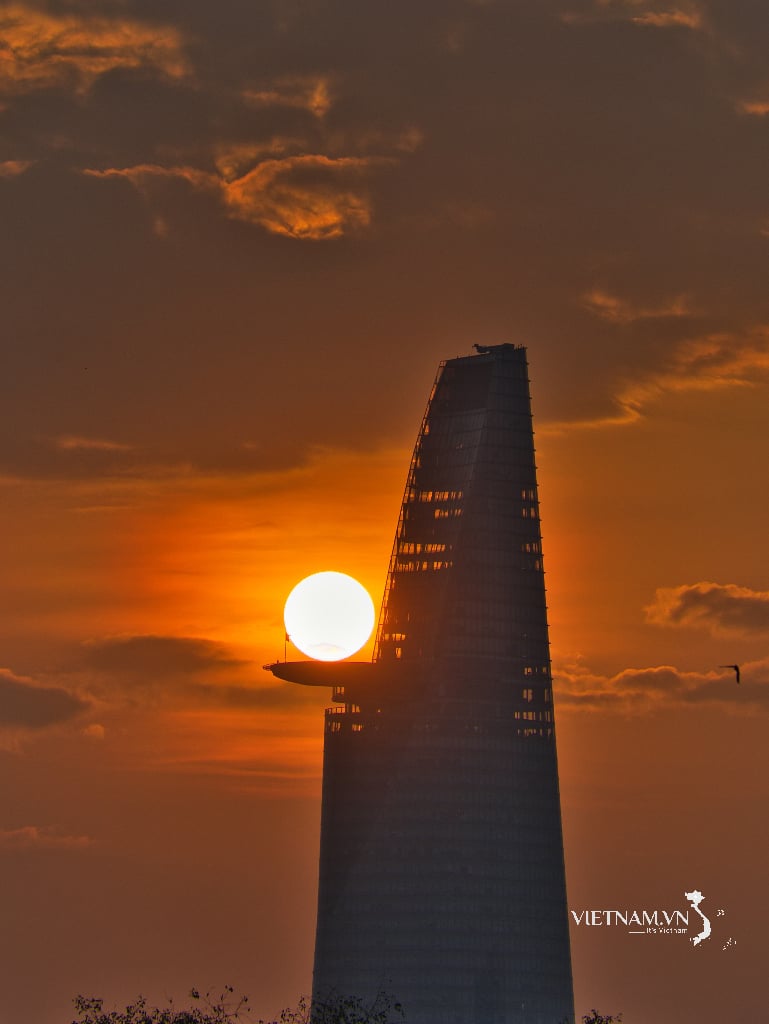
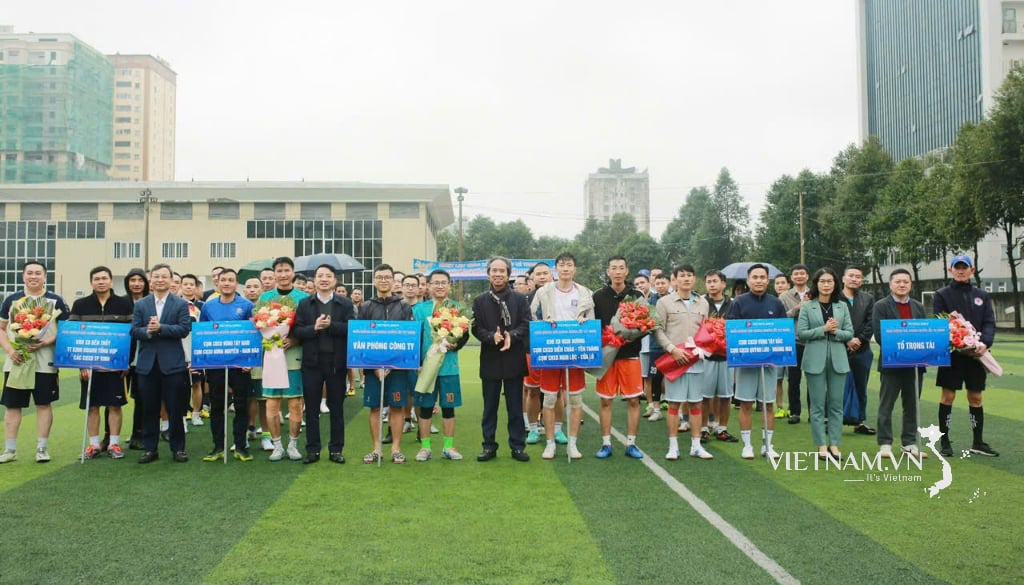
Comment (0)